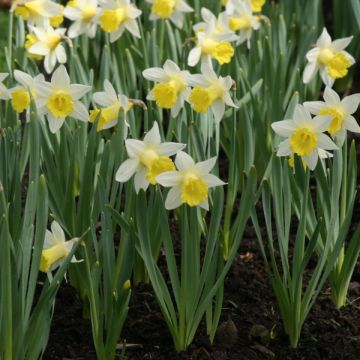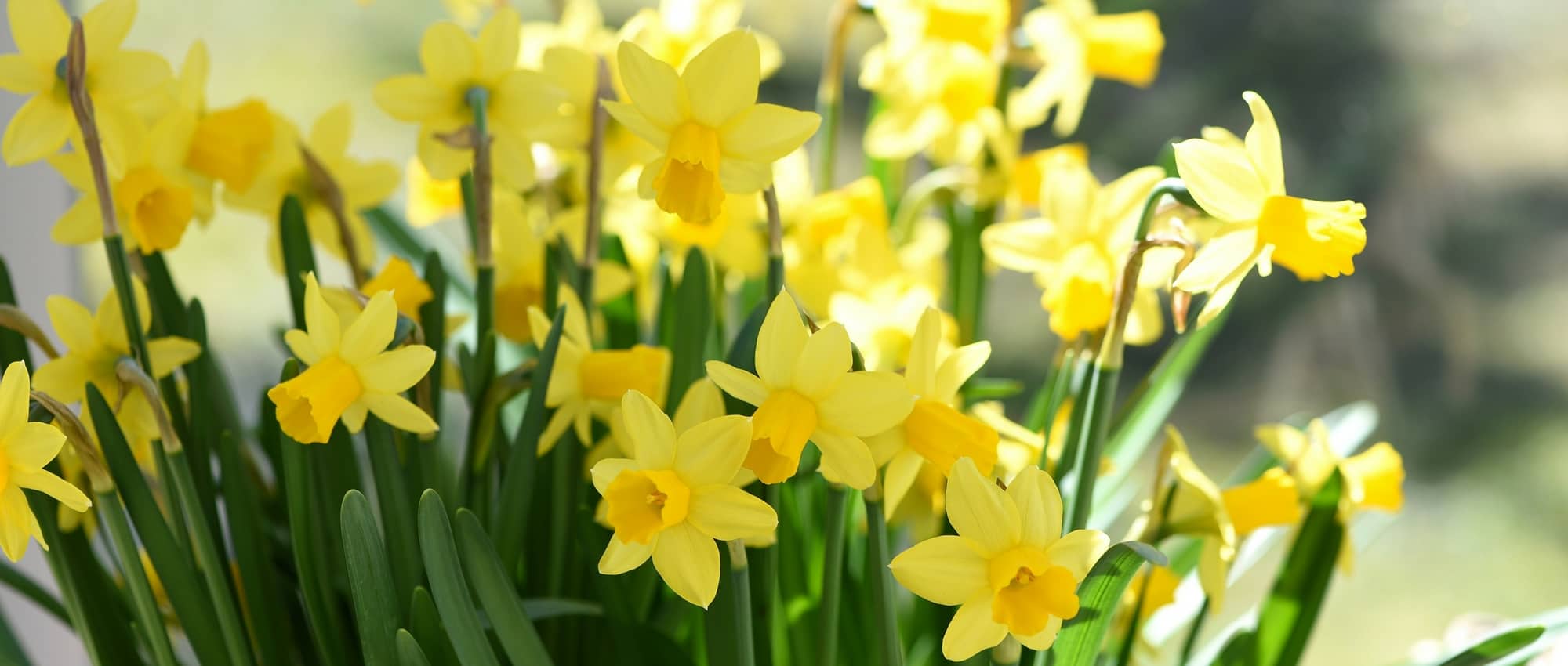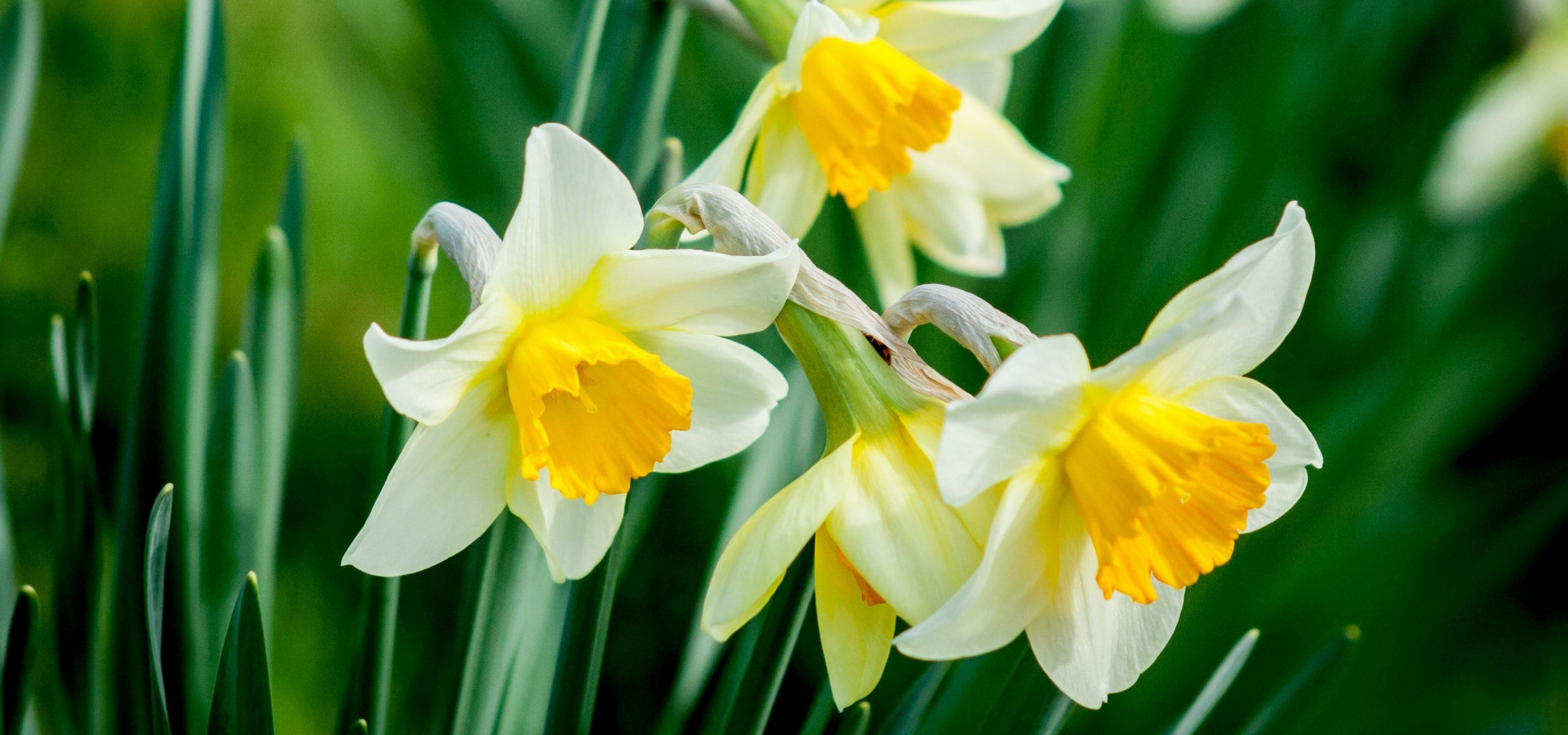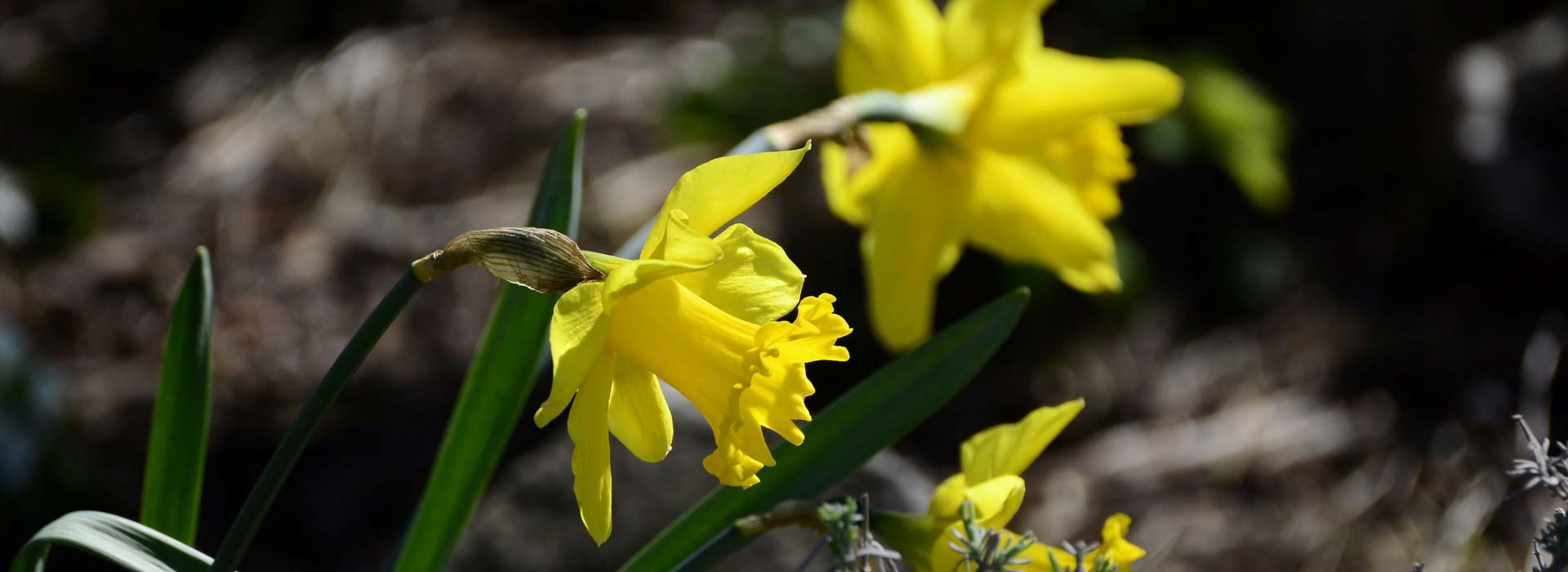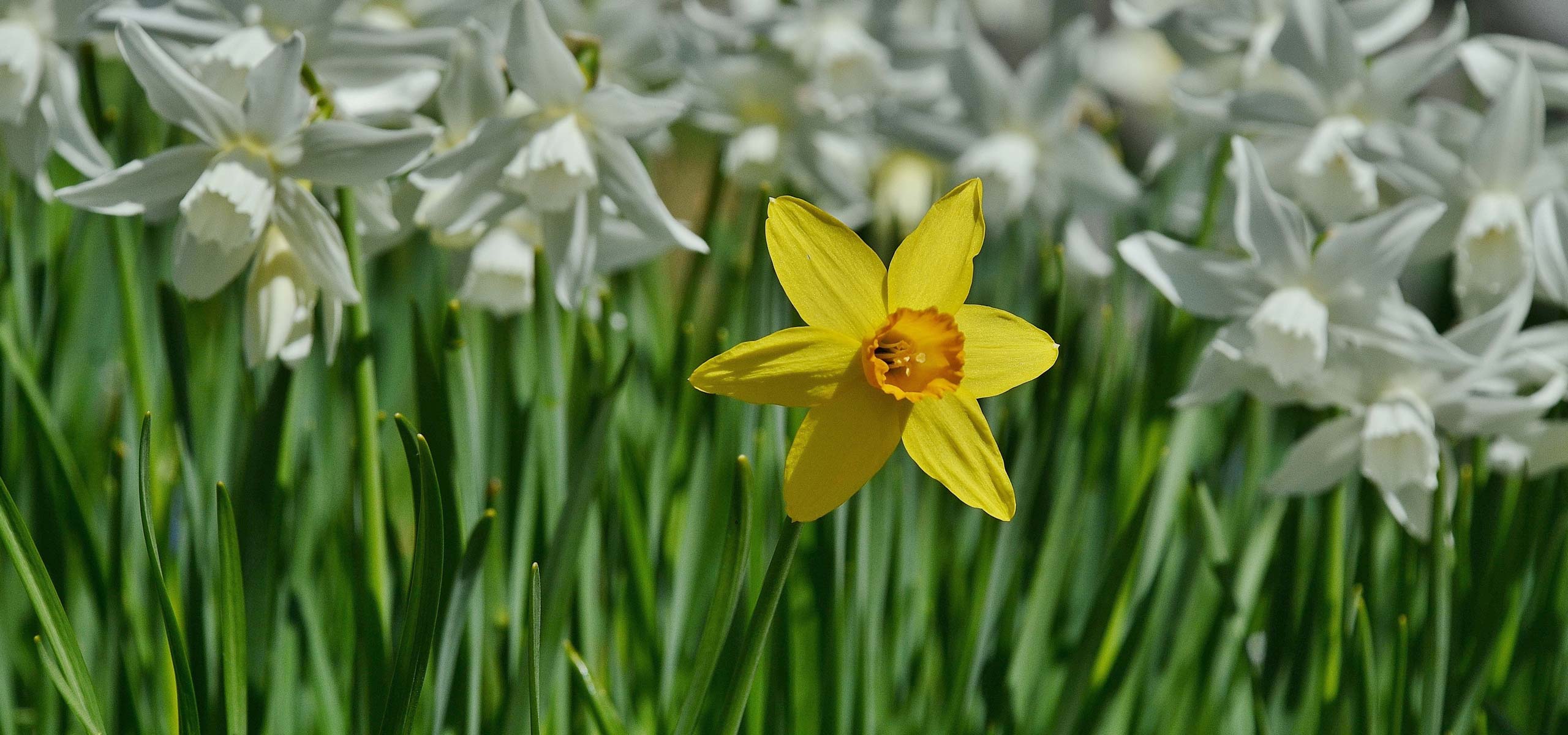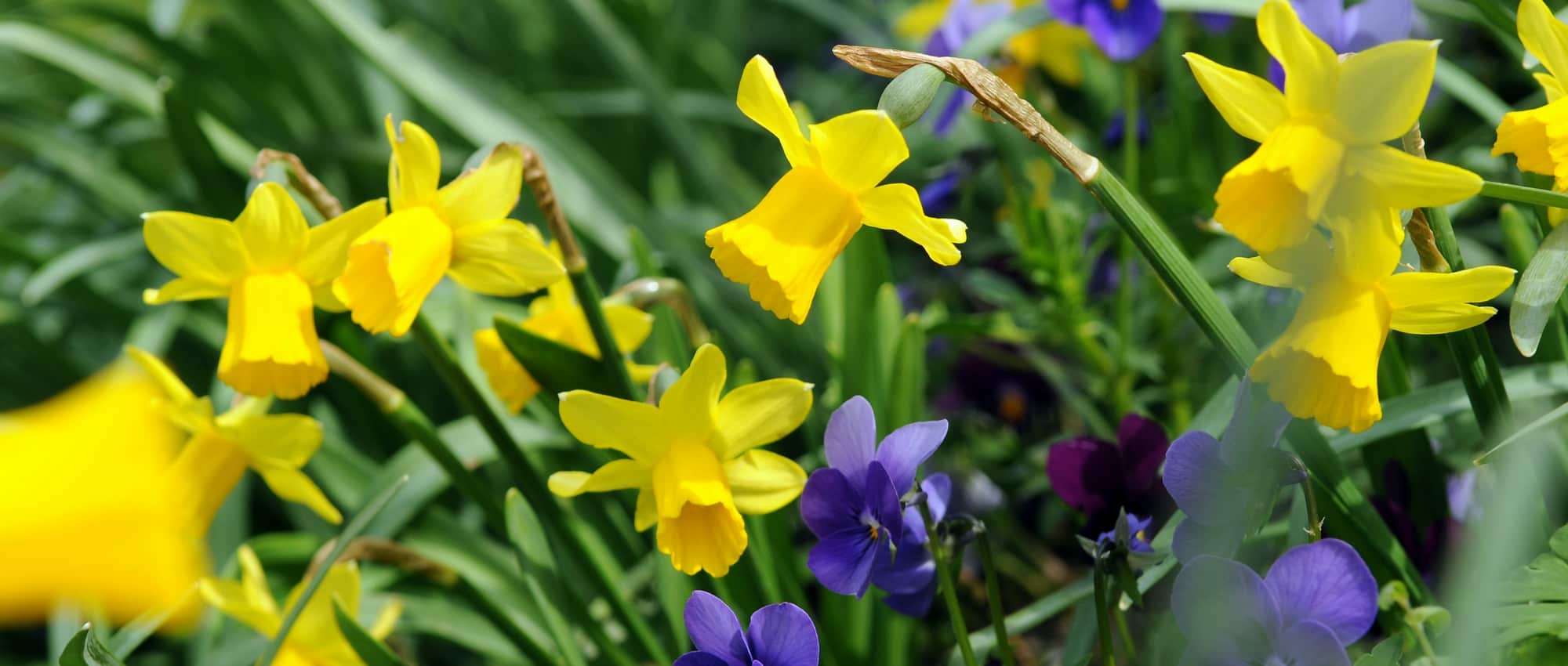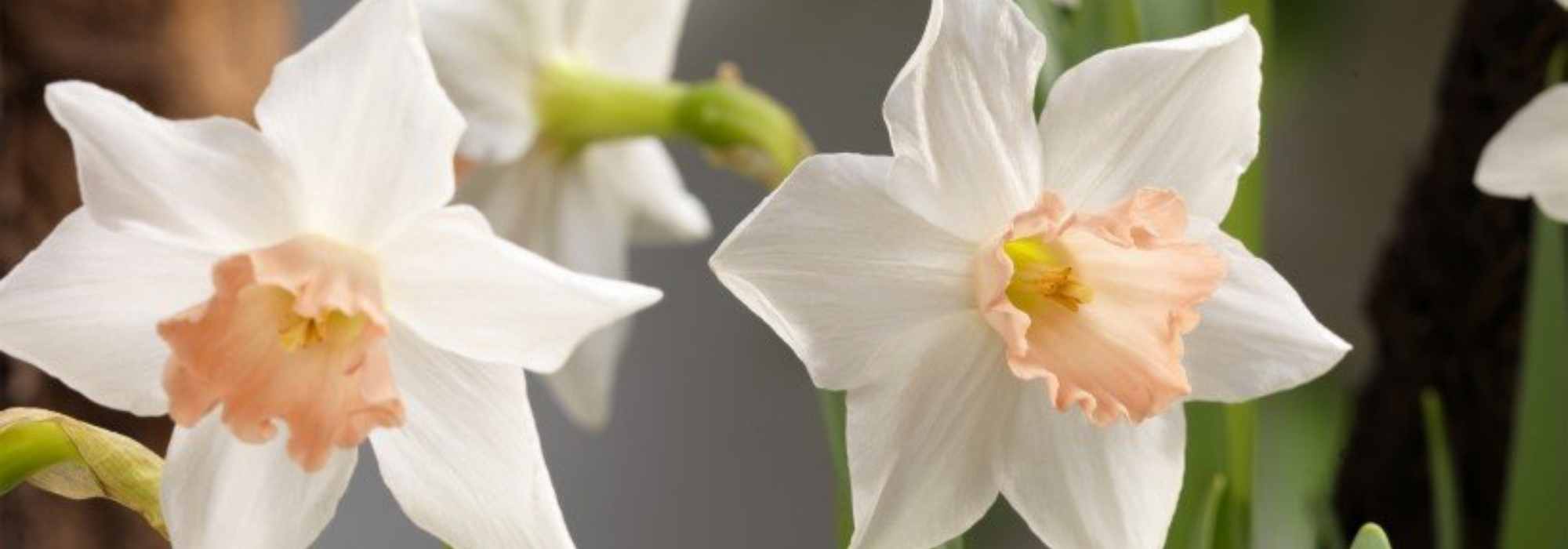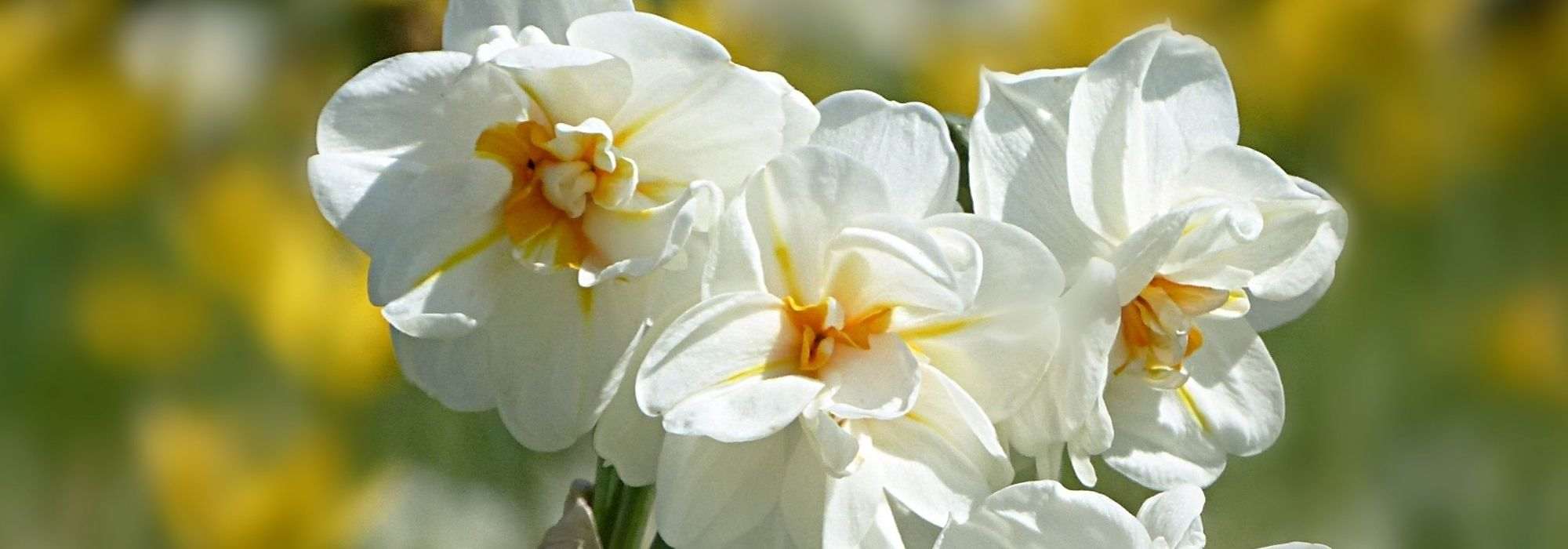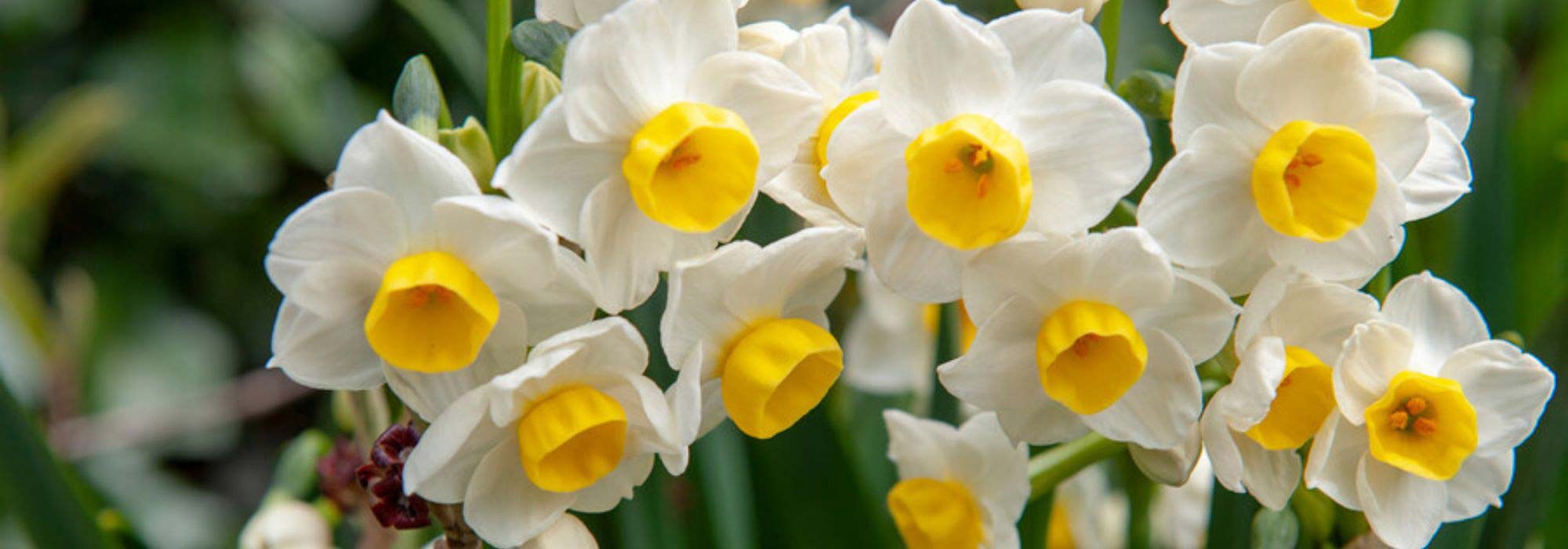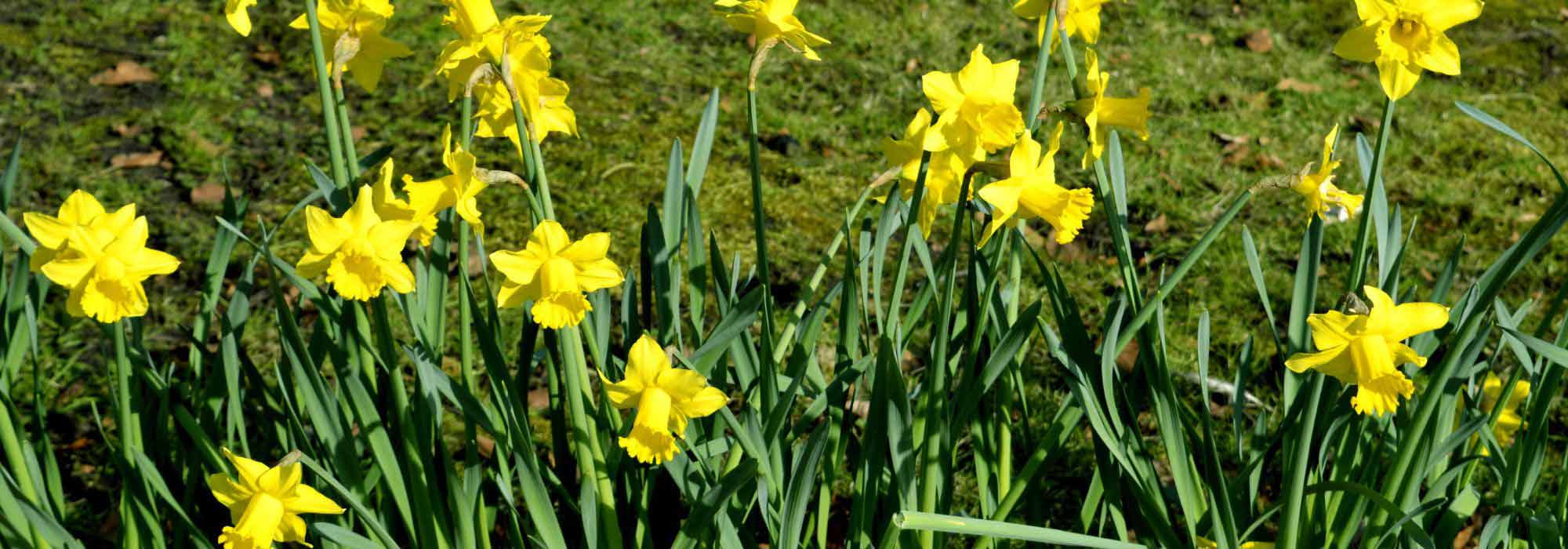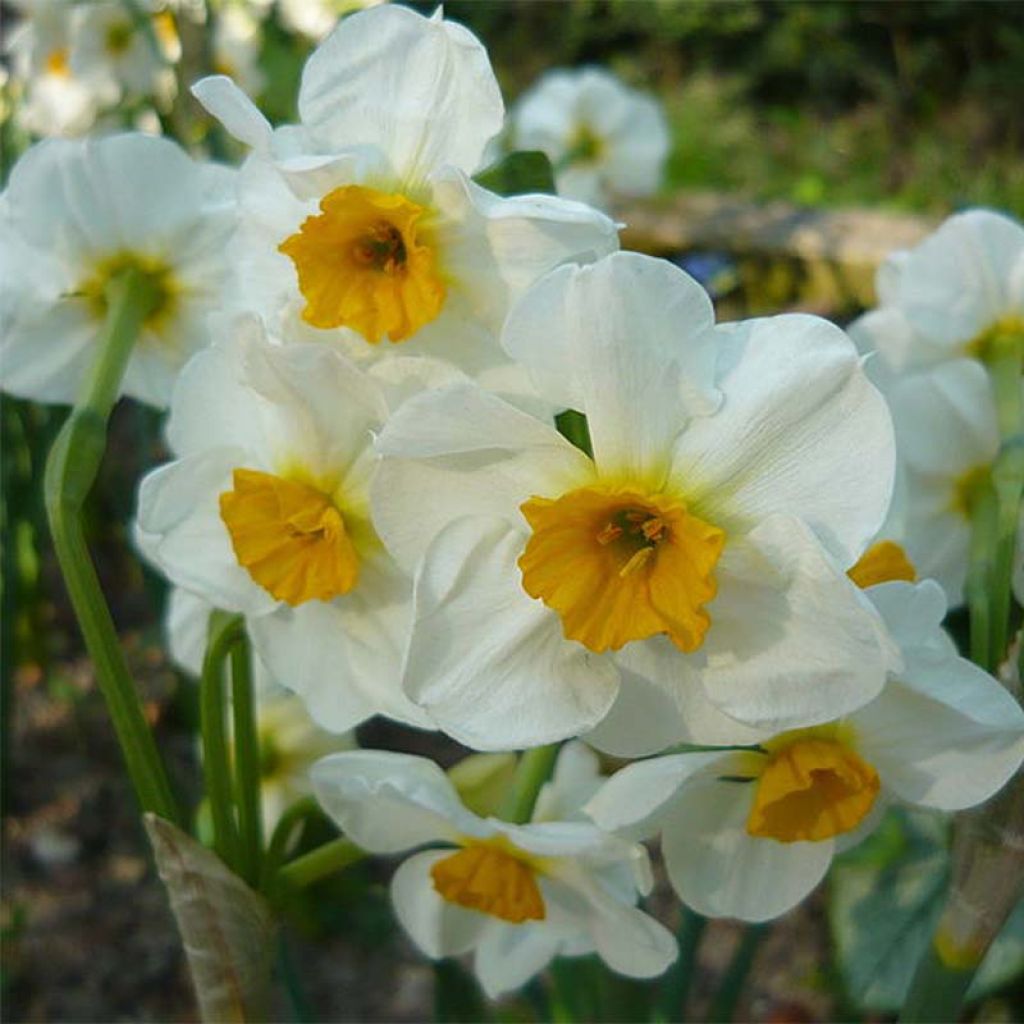

Narcisse tazetta Laurens Koster
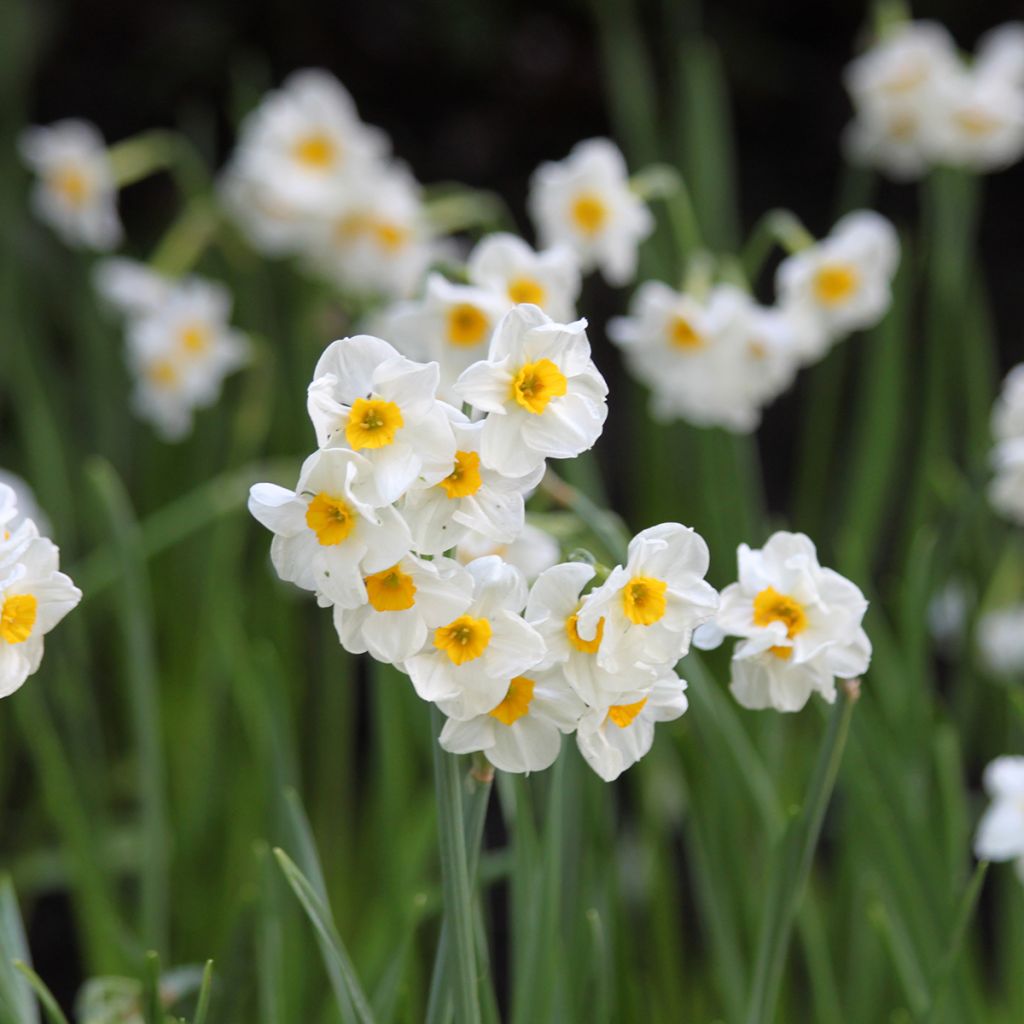

Narcissus Laurens Koster
Narcissus Laurens Koster
Narcissus tazetta Laurens Koster
Paperwhite, Bunch-flowered Narcissus, Polyanthus Narcissus, Chinese Sacred Lily, Joss Flower
Special offer!
Receive a €20 voucher for any order over €90 (excluding delivery costs, credit notes, and plastic-free options)!
1- Add your favorite plants to your cart.
2- Once you have reached €90, confirm your order (you can even choose the delivery date!).
3- As soon as your order is shipped, you will receive an email containing your voucher code, valid for 3 months (90 days).
Your voucher is unique and can only be used once, for any order with a minimum value of €20, excluding delivery costs.
Can be combined with other current offers, non-divisible and non-refundable.
Why not try an alternative variety in stock?
View all →This plant carries a 6 months recovery warranty
More information
We guarantee the quality of our plants for a full growing cycle, and will replace at our expense any plant that fails to recover under normal climatic and planting conditions.

Would this plant suit my garden?
Set up your Plantfit profile →
Description
Narcissus Laurens Koster is an old variety, close to a botanical species of Mediterranean origin, also known as a Bouquet Narcissus or Constantinople Narcissus. This shortish variety develops several-flowered stems, bearing small flowers that stand out for their truly sumptuous fragrance. They have the rustic and authentic appearance of the flowers our grandparents loved, with a delicate white collar of sepals, and a short yellow-orange central crown. This narcissus blooms in mid-spring, but adapts very well to forcing for indoor flowers from the beginning of the year. This variety is excellent in every way and has received the Award of Garden Merit from the Royal Horticultural Society in England.
Narcissus belong to the amaryllidaceae family. The Narcissus genus includes around 50 species mainly found in the western Mediterranean, but also in Africa and Asia. 'Laurens Koster', introduced in 1906, is a very old horticultural hybrid whose parent is N. Tazetta, a very robust plant native to the Mediterranean region, that adapts to varied climates and conditions.
'Laurens Koster', whose parent was Narcissus poeticus Ornatus, stands out for its very powerful, magnificent fragrance, slightly larger flowers, and fewer flowers on each stem. The plant produces a very sturdy stem that reaches 35 cm (14in) high when in bloom. Each stem carries 4 to 5 small (sometimes many more), bicoloured, highly fragrant flowers 4 to 5 cm (2in) in diameter. The deciduous, linear foliage disappears in summer.
There is such a wide choice of narcissus varieties that you can enjoy them for three months in spring without ever getting bored. They all naturalise easily, have a love for yellow and white, and often emit sweet fragrances. Plenty of reasons to grow them in large groups(at least 20 bulbs) for a mass effect. Associate 'Laurens Koster', in natural flower beds, with scillas and anemone blanda, , botanical tulips, forget-me-nots and small grasses like Stipa. A group of Tazetta Narcissus in a pot placed near the house or even in a lightly heated room will diffuse an exceptional fragrance. It is perfect as a cut flower.
Daffodil or Narcissus? Botanically speaking, daffodils are part of the narcissus family. They have flowers grouped in twos or more, and their corolla forms a bell-shaped trumpet longer than it is wide. The botanical species have the charm of wild plants and thrive in rock gardens: N.bulbocodium, N. canaliculatus, N.juncifolius, N.pseudonarcissus the simple wood daffodil, are among the prettiest. In a vase, we advise you not to mix narcissus with other flowers such as tulips, as the stems of narcissus contain a substance that quickly wilts other flowers. You can mitigate this detrimental effect on other flower types by dipping the ends of the narcissus stems in hot water for 1 to 2 minutes.
Narcissus Laurens Koster in pictures
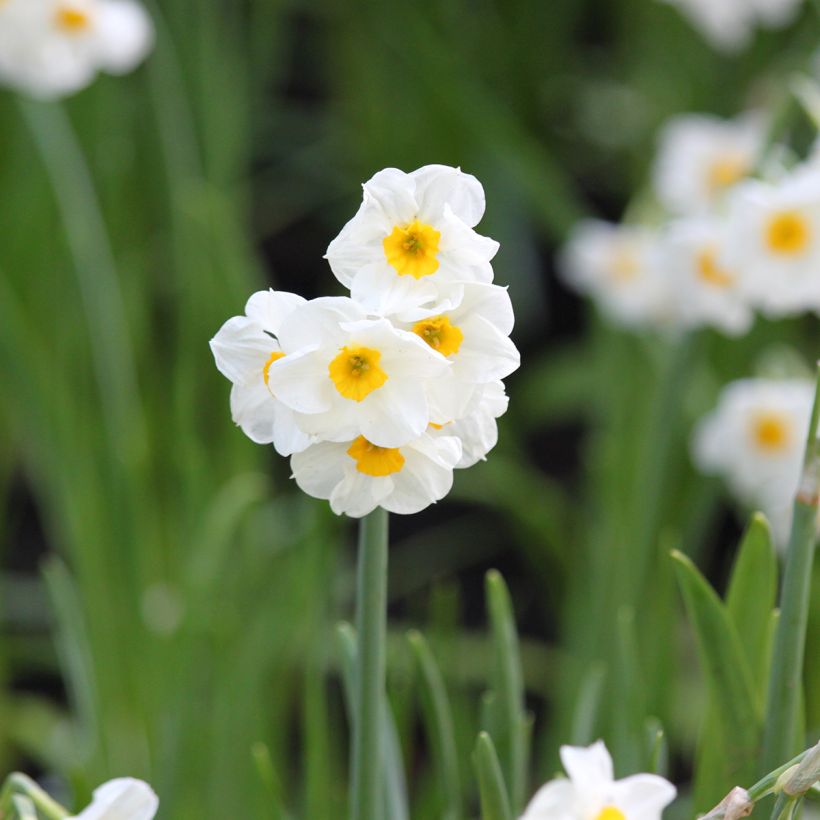

Plant habit
Flowering
Foliage
Botanical data
Narcissus
tazetta
Laurens Koster
Amaryllidaceae
Paperwhite, Bunch-flowered Narcissus, Polyanthus Narcissus, Chinese Sacred Lily, Joss Flower
Cultivar or hybrid
Planting and care
Narcissus tazetta Laurens Koster is low-maintenance and thrives in any well-drained and loosened soil, even limestone, clayey, and dry in summer. The results are less favourable in overly wet or excessively acidic soils. The warmer and drier your climate, the less challenging the soil conditions will be. Plant the bulbs from September to mid-December, 15 cm (6in) deep and 8 cm (3in) apart, in a sunny or partially shaded location (at least 3 hours of sunlight per day). Left undisturbed, your daffodils will produce more and more flowers each year. To plant them in a lawn: remove a patch of turf, dig and loosen the soil to a depth of at least 20 cm (8in) (the height of a spade), place your bulbs, cover them with soil, and replace the turf. Choose a place where you will not mow, as you must let the narcissus leaves wither before cutting them. It is a good idea to water in dry spells, during the flowering period. However, excessively wet summers are harmful to the bulbs, which may rot. Narcissus plants generally remain in the ground, but the bulbs can be lifted once the foliage has turned yellow to protect them from very wet summers. Remove faded flowers to promote the accumulation of new reserves in the bulb. After flowering, allow the foliage to die naturally and only cut it when it turns yellow. If the clumps become too dense, they will flower less, they can be divided from July to September when the leaves are dry. You can immediately replant the bulbs (if undamaged).
Planting period
Intended location
Care
Planting & care advice
This item has not been reviewed yet - be the first to leave a review about it.
Haven't found what you were looking for?
Hardiness is the lowest winter temperature a plant can endure without suffering serious damage or even dying. However, hardiness is affected by location (a sheltered area, such as a patio), protection (winter cover) and soil type (hardiness is improved by well-drained soil).

Photo Sharing Terms & Conditions
In order to encourage gardeners to interact and share their experiences, Promesse de fleurs offers various media enabling content to be uploaded onto its Site - in particular via the ‘Photo sharing’ module.
The User agrees to refrain from:
- Posting any content that is illegal, prejudicial, insulting, racist, inciteful to hatred, revisionist, contrary to public decency, that infringes on privacy or on the privacy rights of third parties, in particular the publicity rights of persons and goods, intellectual property rights, or the right to privacy.
- Submitting content on behalf of a third party;
- Impersonate the identity of a third party and/or publish any personal information about a third party;
In general, the User undertakes to refrain from any unethical behaviour.
All Content (in particular text, comments, files, images, photos, videos, creative works, etc.), which may be subject to property or intellectual property rights, image or other private rights, shall remain the property of the User, subject to the limited rights granted by the terms of the licence granted by Promesse de fleurs as stated below. Users are at liberty to publish or not to publish such Content on the Site, notably via the ‘Photo Sharing’ facility, and accept that this Content shall be made public and freely accessible, notably on the Internet.
Users further acknowledge, undertake to have ,and guarantee that they hold all necessary rights and permissions to publish such material on the Site, in particular with regard to the legislation in force pertaining to any privacy, property, intellectual property, image, or contractual rights, or rights of any other nature. By publishing such Content on the Site, Users acknowledge accepting full liability as publishers of the Content within the meaning of the law, and grant Promesse de fleurs, free of charge, an inclusive, worldwide licence for the said Content for the entire duration of its publication, including all reproduction, representation, up/downloading, displaying, performing, transmission, and storage rights.
Users also grant permission for their name to be linked to the Content and accept that this link may not always be made available.
By engaging in posting material, Users consent to their Content becoming automatically accessible on the Internet, in particular on other sites and/or blogs and/or web pages of the Promesse de fleurs site, including in particular social pages and the Promesse de fleurs catalogue.
Users may secure the removal of entrusted content free of charge by issuing a simple request via our contact form.
The flowering period indicated on our website applies to countries and regions located in USDA zone 8 (France, the United Kingdom, Ireland, the Netherlands, etc.)
It will vary according to where you live:
- In zones 9 to 10 (Italy, Spain, Greece, etc.), flowering will occur about 2 to 4 weeks earlier.
- In zones 6 to 7 (Germany, Poland, Slovenia, and lower mountainous regions), flowering will be delayed by 2 to 3 weeks.
- In zone 5 (Central Europe, Scandinavia), blooming will be delayed by 3 to 5 weeks.
In temperate climates, pruning of spring-flowering shrubs (forsythia, spireas, etc.) should be done just after flowering.
Pruning of summer-flowering shrubs (Indian Lilac, Perovskia, etc.) can be done in winter or spring.
In cold regions as well as with frost-sensitive plants, avoid pruning too early when severe frosts may still occur.
The planting period indicated on our website applies to countries and regions located in USDA zone 8 (France, United Kingdom, Ireland, Netherlands).
It will vary according to where you live:
- In Mediterranean zones (Marseille, Madrid, Milan, etc.), autumn and winter are the best planting periods.
- In continental zones (Strasbourg, Munich, Vienna, etc.), delay planting by 2 to 3 weeks in spring and bring it forward by 2 to 4 weeks in autumn.
- In mountainous regions (the Alps, Pyrenees, Carpathians, etc.), it is best to plant in late spring (May-June) or late summer (August-September).
The harvesting period indicated on our website applies to countries and regions in USDA zone 8 (France, England, Ireland, the Netherlands).
In colder areas (Scandinavia, Poland, Austria...) fruit and vegetable harvests are likely to be delayed by 3-4 weeks.
In warmer areas (Italy, Spain, Greece, etc.), harvesting will probably take place earlier, depending on weather conditions.
The sowing periods indicated on our website apply to countries and regions within USDA Zone 8 (France, UK, Ireland, Netherlands).
In colder areas (Scandinavia, Poland, Austria...), delay any outdoor sowing by 3-4 weeks, or sow under glass.
In warmer climes (Italy, Spain, Greece, etc.), bring outdoor sowing forward by a few weeks.






























